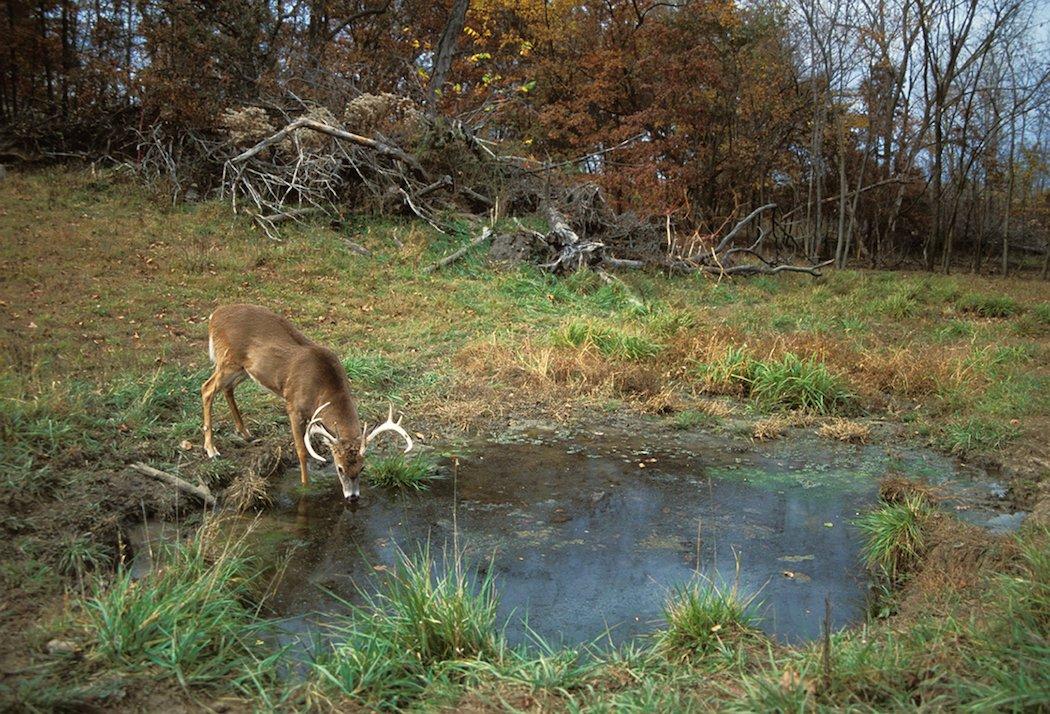Water Is Crucial When Trying to Kill Big Bucks
Killing a mature buck isn't easy. It's actually pretty darn difficult. Because of that, I try to get inside the mind of a mature buck. That includes understanding bedding habits, feeding habits and watering habits. Those are a white-tailed buck's three basic needs.
1. They Will Drink Several Times Per Day
Deer are fairly large animals. A 200-pound buck will typically drink 3 to 5 quarts per day. This number fluctuates, but it does generally fall within that window.
2. Temperature Dictates Quantity
As mentioned, the amount of water that a deer will drink varies. The biggest factor in this fluctuation is temperature. The hotter it is the more water is needed to stay hydrated. Makes sense, right? This isn't something mature bucks are immune to. So especially on those hotter days, incorporate water into the hunt plan.
3. Buck Beds Will Be Relatively Close to a Water Source
Recent studies show that many deer — especially mature bucks — often bed close to water. Of the largest buck beds I've discovered in heavy cover, the vast majority of them have been located within 75 yards of a water source, even if it was a very small source.
4. Deer Often Go to Water Before Food of an Evening
Other studies show that mature deer — and deer in general — often go to water before food. You can take advantage of this by hunting near a water source located close to a bedding area.
5. They Don't Need Large Sources, A Puddle Will Do
Don't think deer require a nice, pretty pond or bubbling brook to drink out of. A rain puddle from the day before will suit them just fine. That's what makes it nearly impossible to use whitetails' need for water to kill them during times of rain. But you can also use this to your advantage when it's drier. Put in small water sources just outside of bedding areas, on travel routes, in staging areas, and within food plots for better success.
Click here for more deer hunting articles and videos.
Check us out on Facebook.








